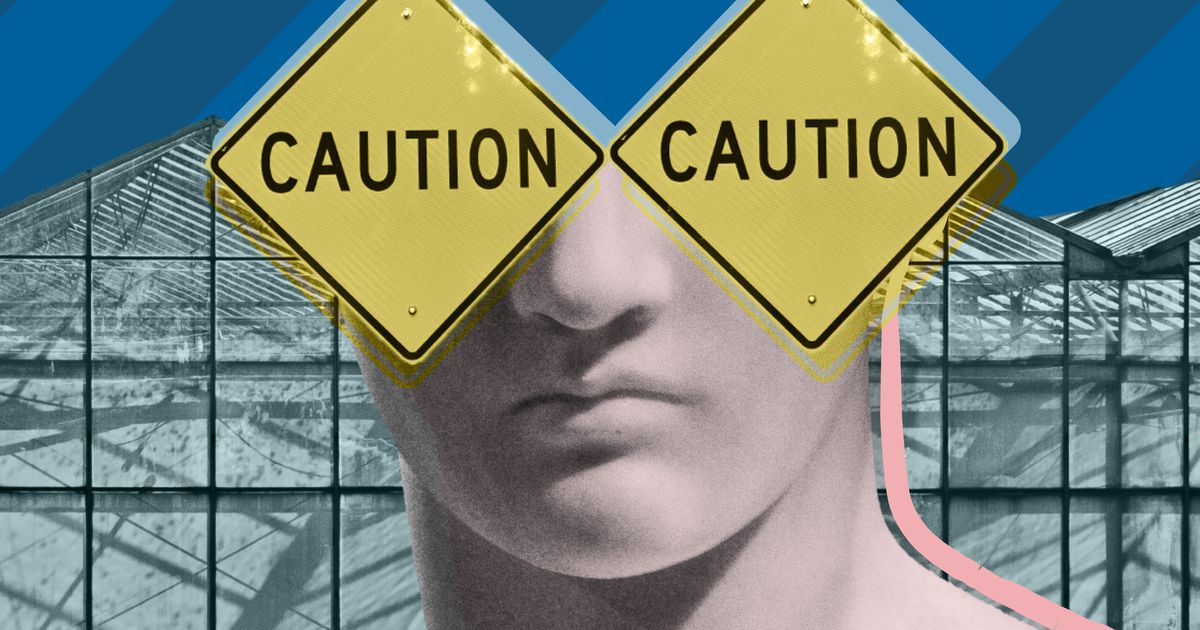
This article featured in our Art Market Eye newsletter. For monthly commentary, insights and analysis from our art market experts straight to your inbox, sign up here.
Time and time again I receive in my inbox eye-watering figures about the size of the art market…not the $50bn figure we all know from Clare McAndrew’s current Art Basel/UBS report, but the potential market …. if only the world would adopt X, Y or Z’s new model.
This is a story I have been hearing for decades: how these new players are going to unlock this massive potential value, grow the market colossally, make it transparent and democratise it so that everyone, in the farthest corners of the globe, can buy art, or possibly a fraction of it.
And these companies invariably back up their pitch with a massive figure. The latest I have seen is $1.742 trillion, described as the “aggregate value of art and collectibles in private hands.”
How could anyone possibly know the value of art in private hands, I wondered. So I asked where the figure came from, and was referred to the 2019 Deloitte Art & Finance Report. A footnote said this figure was based on a 2017 Frank Knight report: estimate was based on UHNWIs [ultra high net worth individuals] having 6% of their wealth in art and collectibles.
So the figures used to sell a new venture today, in the middle of a pandemic, go back to 2017, and even then were an estimate…
And there’s more. A figure widely bandied around during the blockchain boom in 2017-18 was even higher: a 2009 Deloitte report, writing about the global art market, said: “It is estimated that the outstanding value of artwork is in excess of $3 trillion” (my italics). Eh? What does that include? How is it calculated? This time no footnote accompanied the affirmation.
But even if these figures are correct, does this mean that the art market will benefit in the way that the new players predict? Can the art market really grow exponentially—for example, to a theoretical $2.1 trillion, according to LiveArt, the new peer-to-peer platform launched by former Sotheby’s veterans Adam Chinn and colleagues?
While even they admit this is a theoretical figure, I don’t believe that there is any way the art market can grow to that size. The infrastructure and, crucially, supply cannot be scaled up to that extent any time soon. And indeed rarity is one of the drivers of value in the art market.
This same hyperbole is currently being used for NFTs, where on no real evidence at all these tokens are being hyped as the next BIG THING. One site predicts an NFT explosion over the next two years…another talks of skyrocketing sales volumes…even though the NFT market has already taken a dive.
Now, I don’t want to rain on anyone’s parade, and start-ups inevitably put the best possible gloss on their potential and future impact on the art market. NFTs certainly have a bright future, although as I have argued in the past, the top prices are currently out of kilter with the rest of the market. But please, can players use figures that correspond to today’s world, and today’s reality?
Source link : https://www.theartnewspaper.com/comment/why-the-figures-bandied-about-in-the-market-are-subject-to-caution












